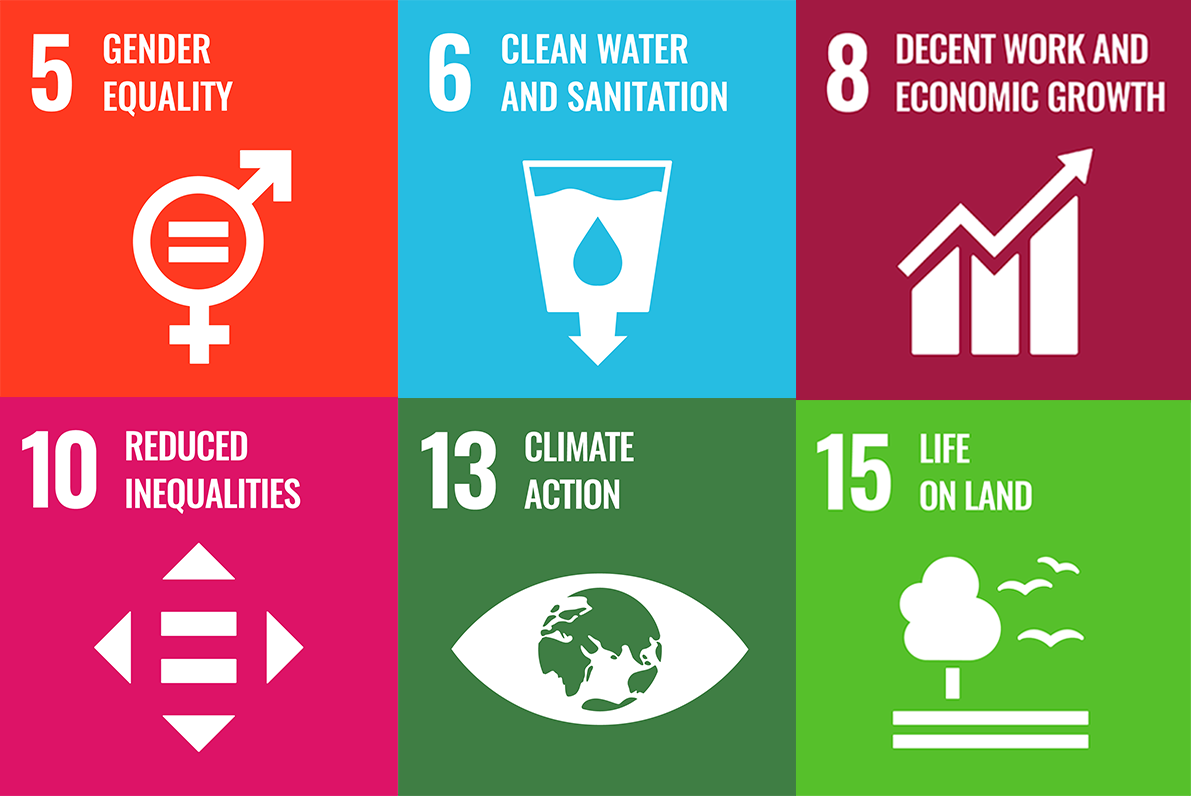Water Resources
The Alliance for Water Stewardship (AWS) Standard recognizes forests as critical natural infrastructure for water regulation and purification. The AWS Standard evaluates water management in farms, reserves, and protected areas, strengthening water security and ecosystem resilience. The resulting reports include risk analysis, water quality assessments, management plans, and assessment of land-use impacts, delivering strategic insights for long-term sustainable management.
In addition to AWS, a range of methodologies strengthen water management according to each project’s characteristics. The Water Footprint Network measures blue, green, and gray water footprints; WRI’s Aqueduct Water Risk Atlas and its associated Protocol identify risks and support climate adaptation planning, while ISO 14046 and GRI 303 enable transparent and verifiable reporting. Together, these tools complement AWS, integrating water management with carbon and biodiversity metrics to deliver a more holistic view of sustainability.





